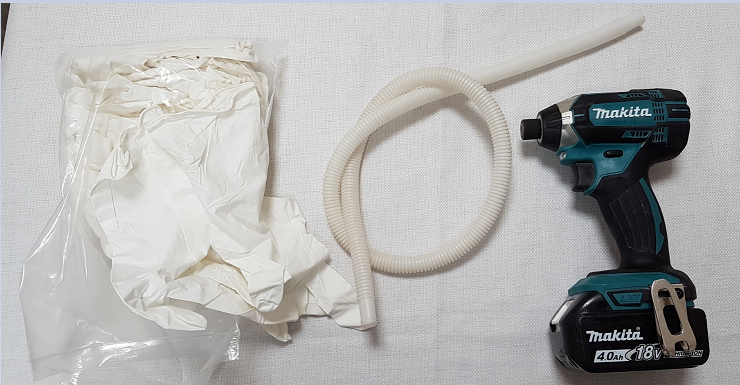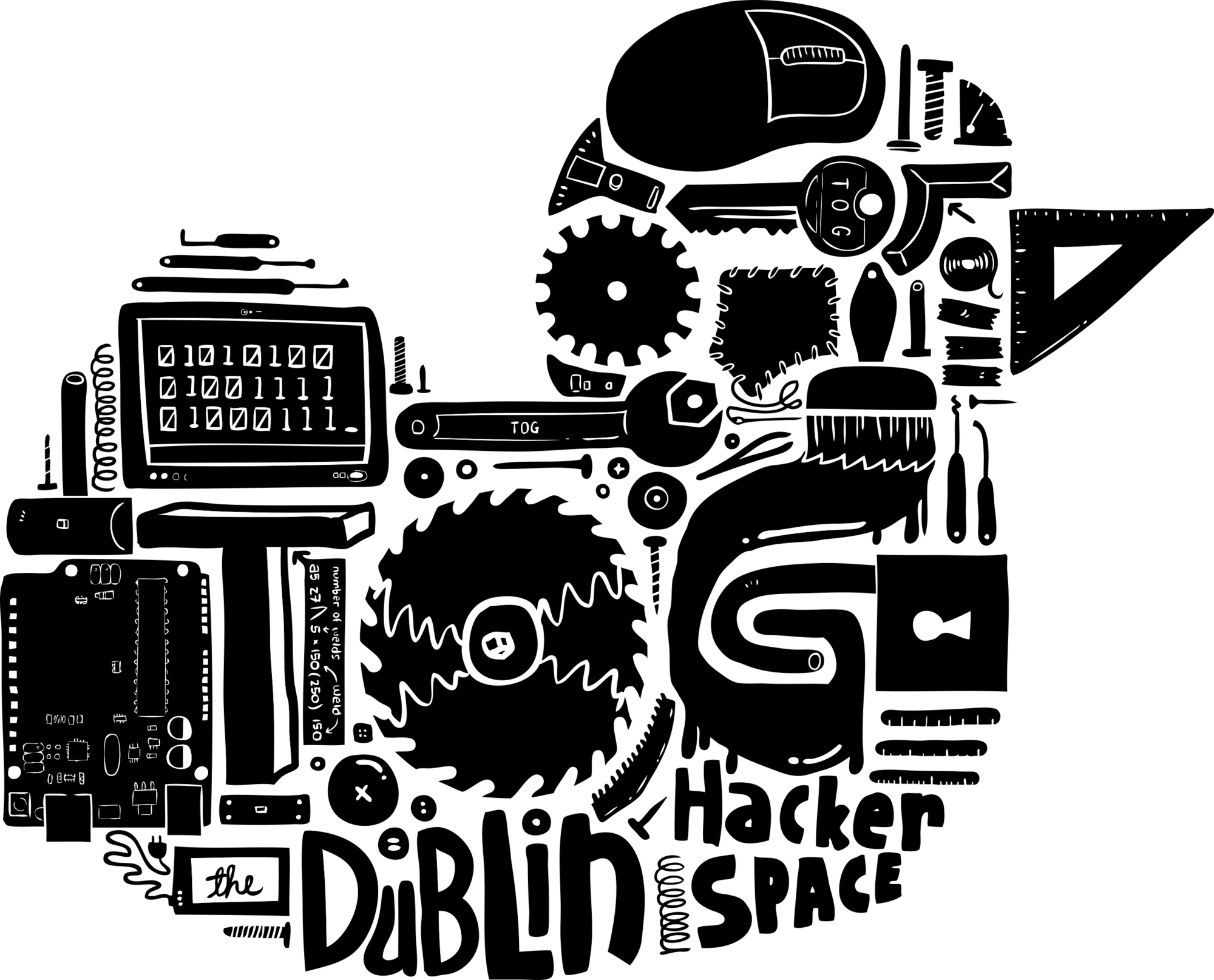
This project has come about because of the need to use cordless power tools in a cleanroom. Large numbers of screws and fasteners need to be removed and reinstalled on equipment during preventative maintenance. The proposal is to use power tools to speed up the process and reduce operator fatigue. You might think that a brand new or well maintained power tool would not give off any airborne particles, but that’s not the case. Airborne particulates are a big problem in a cleanroom. They can damage equipment and ruin product.
There’s a huge range of cordless power tools available from all the big-name manufacturers that you know well. Testing some of these tools with a particle meter highlights the problem. Background airborne particle readings are zero, down to 0.1 micron.

When the tools are brought near the meter however, the results are off the scale. This is hardly surprising, given that these tools are not specifically designed to be cleanroom compatible. This particular tool was a reversible ratchet with a brushless motor, so the particles were not carbon dust from the motor brushes. They were more likely from bearings, grease, and the reversible ratchet head.

Having discussed with TOG members, the proposal is to build some kind of enclosure around a tool…. a second skin….. with a connection to a vacuum line. That way, any particulates generated by the tool get drawn away. The tool must still be usable obviously, so the enclosure cannot be so clunky as to make it hard to use. An enclosure or covering that is conformal & flexible rather than rigid might be best. It must not collapse under the suction force. Silicone rubber has been suggested and there are some suggestions around vacuum forming, heat shrinking, 3D printing and silicone molding. If you have any comments or suggestions, feel free to drop us a line.
